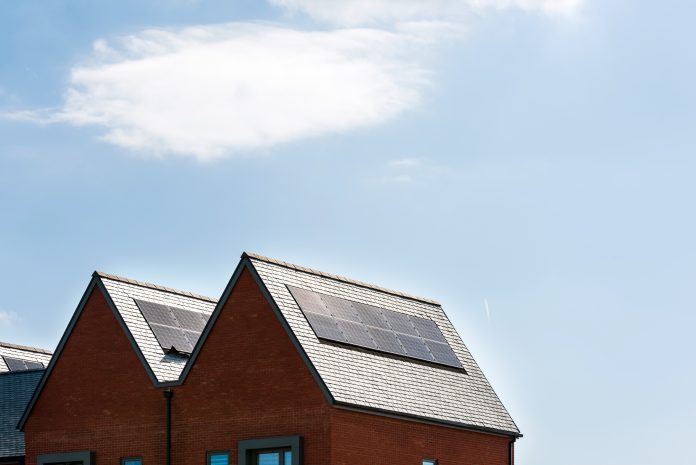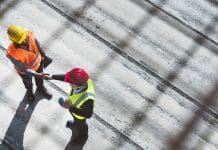In the 2019 Spring Statement, the government committed to bring all its greenhouse gas emissions to net-zero by 2050. An ambitious target! However, given that homes – both new and existing – account for 20% of emissions, according to government data in the Future Homes Standard Consultation, a radical approach needs to be incorporated in today’s developments in order to stand the test of time and meet those requirements that will be in place in 2050. But how do we do that?
In order to make the 2050 goal more achievable, the government has committed to introducing the Future Homes Standard in 2025, the expectation of which is to have a home with 75-80% less carbon emissions than one built to current energy efficiency requirements.
What does a Future Homes Standard home look like?
Low carbon heating systems
The aim is to minimise heating requirements by using more energy-efficient materials but there is a long road ahead before materials are produced that negate the need entirely for heating systems. The Future Homes Standard consultation expects homes to include low carbon heating systems which essentially removes the need for gas supply.
Energy-efficient build materials
A detailed fabric specification is set out in the Future Homes Standard consultation. The intention is that “every new home should typically have triple glazing and standards for walls, floors and roofs that significantly limit any heat loss”.
Electric vehicle charging points
Developers will need to understand what type of charging capacity the Independent Connection Providers (ICP) are allowing for within their design and estimating functions, known as their After Diversity Maximum Demand (ADMD), which is, in essence, the peak load a distribution network might experience at one point. Accounting for smart charging and an energy management system will be a key factor.
Housing developments long-term supply
We are working with several Independent Network Operators (iDNOs) to make sure our clients fully understand the formal offers they are signing up to; it is so important to minimise any risk on future phases.
Costs from the Clean Growth Grand Challenge
Developers will be asking the question on how much extra will it cost to build a new house or commercial unit.
Energy efficiency will play a major role in the design and build of future homes; however, delivery of that efficiency comes at a price. Heat pumps, wastewater heat recovery systems, PV and triple glazing will all come at an additional cost compared to previous standards.
How can you get ahead of the curve?
It is essential for anyone working within construction – from specialist subcontractors to developers – to stand back and consider what your development will need to deliver in 10, 20, 30 years’ time. Ask yourself:
Are you working closely with your iDNOs and Distribution Network Operators (DNOs) to minimise future utilities costs?
Have you incorporated car charging points and do you have sufficient (or too much) electricity supply?
Are you using the right build materials and have you considered cost per plot given the likely increase in build cost?
Have you considered the long-term viability of the development considering future expectations and requirements?
We should emphasise that the Future Homes Standard is still under review and has not formally been introduced. However, the push for energy efficiency in our homes and future developments isn’t going away, so it’s better for us to get ahead of the curve and limit our risk for when these new standards are eventually introduced.
If you need guidance on how to cost-effectively put in place utilities and ensure you are futureproofing the energy efficiency of your development, please get in touch and we will be happy to advise.
Darren Woolley
Tel: 01159 465 042
Darren.woolley@gateleyhamer.com
www.gateleyplc.com/gateley-hamer
Please note: this is a commercial profile.

















